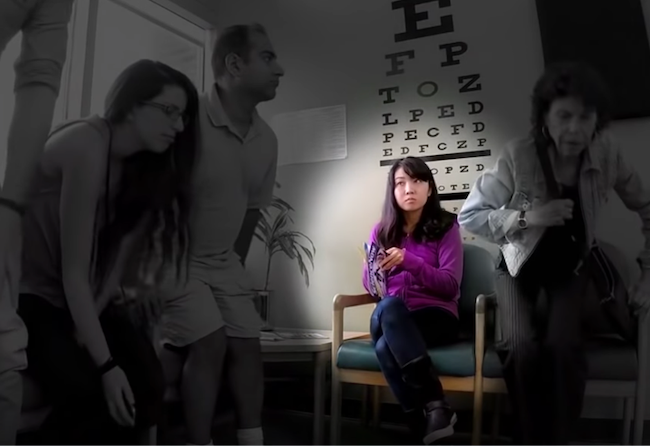How Workplace Culture Habits are Caught
This is a picture of an experiment designed by psychologists, building on the concept of social learning, pioneered by Albert Bandura. It shows how easily we pick up our cues on how to behave from those around us.

In the experiment, an unsuspecting woman enters a doctor’s waiting room where all the other patients are actors. The hidden experimenter rings a bell and all the actors stand up briefly.
After only 3 rings, this woman also starts standing when the bell rings. The experiment unfolds with all the actors being called into the doctor’s office, leaving only the woman. The bell rings again and she still stands up, even though there’s no longer anyone there to copy. Other unsuspecting patients enter the waiting room and she, unwittingly, teaches all of them what to do by standing at the bell, and they all follow suit.
In business, this powerful illustration shows that the way your people behave is very strongly influenced by the behaviour of their peers and in particular, the behaviour of the CEO and the leadership team. If your team is modelling poor behaviour, this is what others will pick up and repeat. Conversely, if you model behaviour that leads towards your business goals, this is what others will pick up and it will start to become part of your culture.
So, actions really do speak louder than words. But words can be used to reinforce the actions you desire. Bandura’s work showed that recognising someone for an action increases their learning of that action as a desirable thing to do. That’s why our culture activation platform, Salpulse, makes recognition of peers for behaviours consistent with your organisation’s desired culture easy to do.
Watch the video of the experiment.
Salple takes an integrated, data-informed approach to organisational culture
